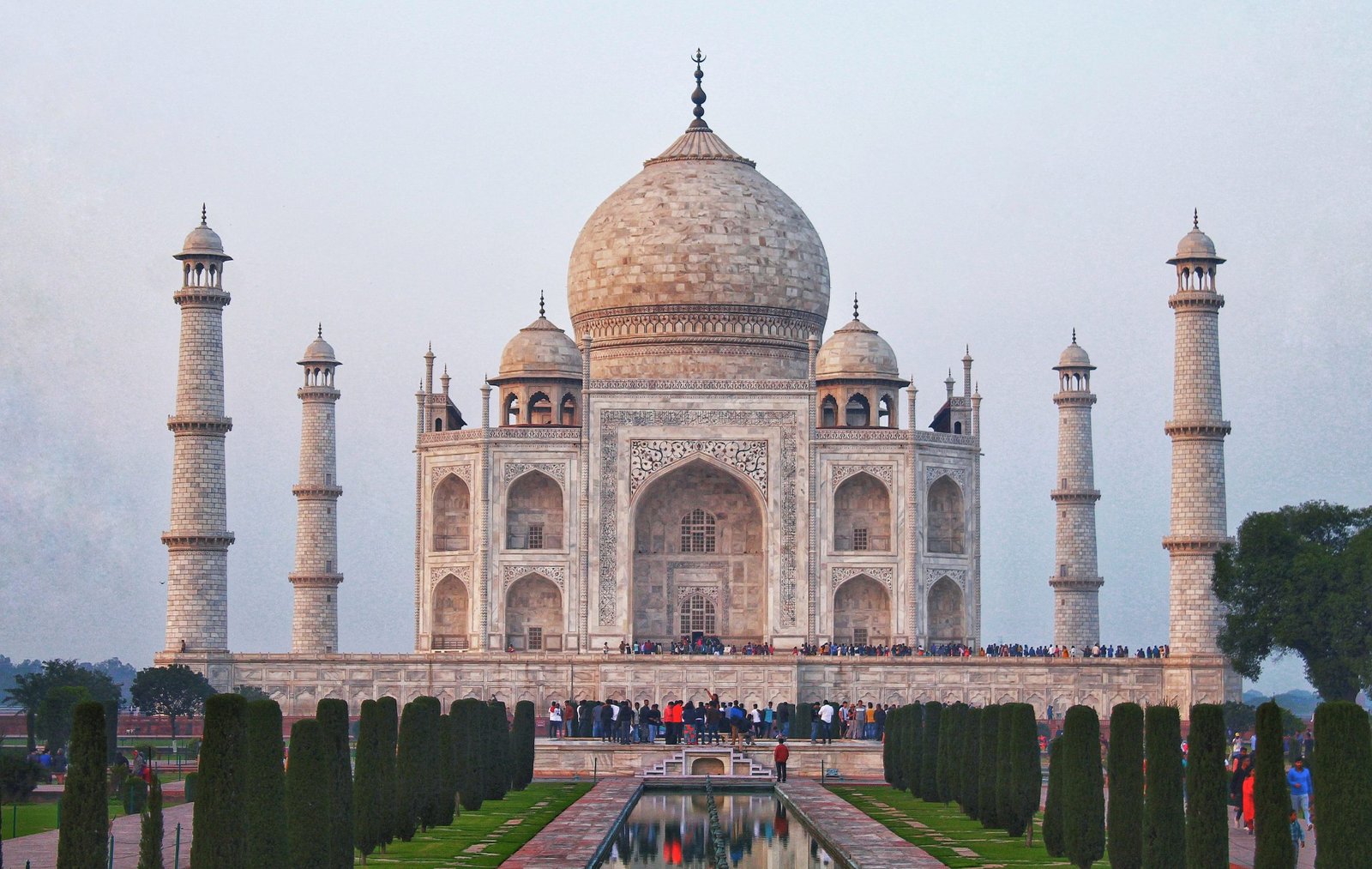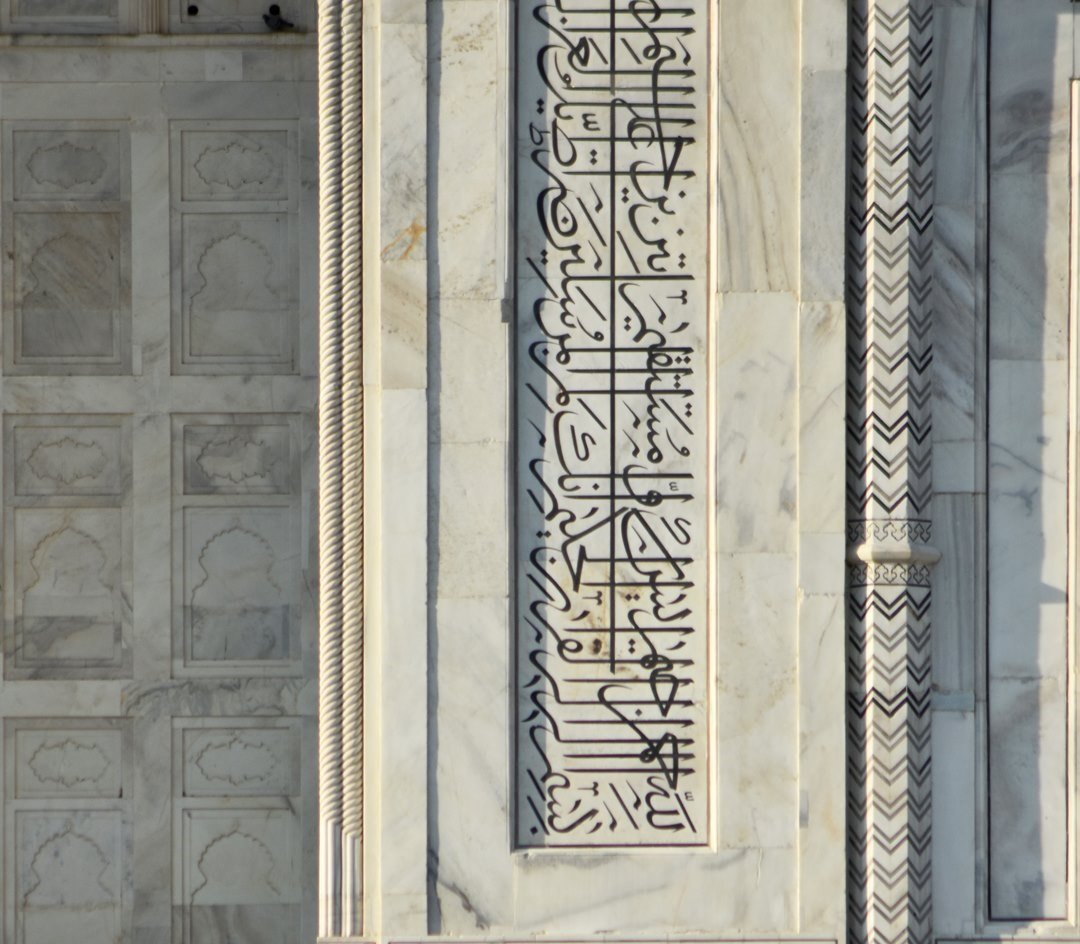British officers serving in India were not given public office/responsibility upon their return to England. The logic was that they ruled a slave nation, which must have made a difference in their attitude and behavior. If he is given such a responsibility here, he will treat free British citizens in the same way. To understand this, definitely read the sentence given below.
https://alamgirtajmahalguide.com/
A British woman whose husband was a civil service officer in Pakistan and India during British rule. The woman spent many years of her life in different parts of India, upon her return she wrote a beautiful book based on her memoirs.
The woman wrote that when my husband was the deputy commissioner of a district, my son was about four years old and my daughter was one year old. He lived in a mansion built on several acres, which was owned by the Deputy Collector. Hundreds of people were engaged in the service of DC's home and family. There were parties every day, the district's big landlords took pride in inviting us to their hunting events, and everyone we went to considered it an honor. Such was our pride and glory that even the Queen and the Royal Family would hardly be able to meet in Britain.
During the train journey, a luxurious compartment equipped with Nawabi That was reserved for the family of the Deputy Commissioner. When we boarded the train, the white cloth driver would stand in front of us with both hands tied and ask for permission to start the journey. The train would start running only after getting permission.
Once we boarded the train for the journey, as per tradition, the driver came and asked for permission. Before I could say anything, my son was in a bad mood for some reason. He asked the driver not to drive. While carrying out the order, the driver said, which dictates the small government. After some time the entire staff including the station master gathered and started begging my four-year-old son, but he refused to run the train. Eventually, with great difficulty, I persuaded my son to ride the train on the promise of several chocolates and the journey began.
A few months later, the woman returned to the UK to visit her friends and relatives. He arrived in London by ship, staying in a county in Wales to which he had to travel by train. The woman sat her daughter and son on a bench at the station and went to get the ticket. It was too late because of the long queue, which made the woman's son very upset. When he boarded the train, the child got angry again after seeing the first-class seats instead of the luxurious ones.
When the train started traveling on time, the child started screaming and screaming. He was saying out loud, "What kind of owl is this driver. He has started running the train without our permission. I will tell Papa to get him shoes." The woman was finding it difficult to explain to the child that this is not her father's district, it is a free country. Here the third rank government officer like the deputy commissioner, do not even the prime minister and the king have the power to humiliate the people to satisfy their arrogance.










